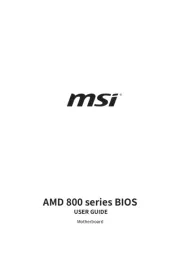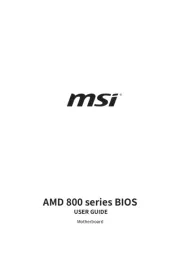Asus Maximus V Formula Manual
Læs gratis den danske manual til Asus Maximus V Formula (234 sider) i kategorien Bundkort. Denne vejledning er vurderet som hjælpsom af 15 personer og har en gennemsnitlig bedømmelse på 4.6 stjerner ud af 8 anmeldelser.
Har du et spørgsmål om Asus Maximus V Formula, eller vil du spørge andre brugere om produktet?

Produkt Specifikationer
| Mærke: | Asus |
| Kategori: | Bundkort |
| Model: | Maximus V Formula |
Har du brug for hjælp?
Hvis du har brug for hjælp til Asus Maximus V Formula stil et spørgsmål nedenfor, og andre brugere vil svare dig
Bundkort Asus Manualer










Bundkort Manualer
- Gigabyte
- Sharkoon
- ECS
- NZXT
- EPoX
- Advantech
- Biostar
- Zotac
- Elitegroup
- Intel
- Asrock
- Evga
- Foxconn
- Festo
- Supermicro
Nyeste Bundkort Manualer









